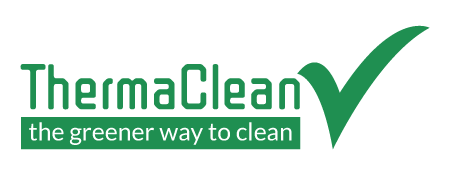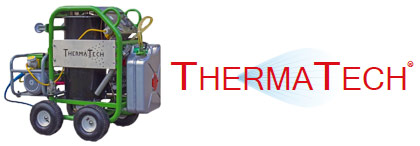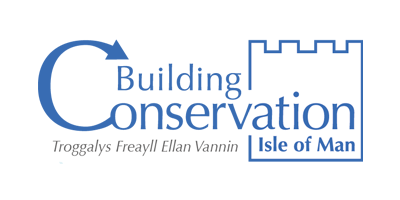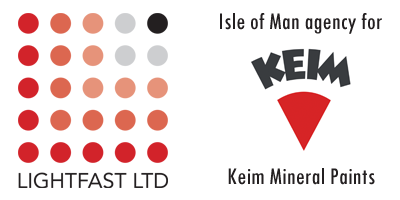ThermaTech cleans University Leisure Centre & Restaurant
ThermaTech systems were used to clean the University Leisure Centre and Restaurant, Limerick, Ireland.
A key factor in deciding which cleaning approach to use was that the centre is open seven days a week and has a constant stream of visitors.
The Problem
Overall, the rendered substrate was in very good condition. Localised areas of dirt had built up in the splash zones alongside pathways and under some of the more open joints in the coping stones along some walls. Because of the nature and use of the building, algaecides and other cleaning chemicals were prohibited and attention needed to be paid to the segregation of work and public areas.
The Problem
Overall, the rendered substrate was in very good condition. Localised areas of dirt had built up in the splash zones alongside pathways and under some of the more open joints in the coping stones along some walls. Because of the nature and use of the building, algaecides and other cleaning chemicals were prohibited and attention needed to be paid to the segregation of work and public areas.
The Solution
We tackled the cleaning job using the ThermaTech Superheated Water Cleaning System, as supplied by Restorative Techniques. For the most part, the desired results were achieved in a single pass with the ThermaTech operating at 140ᵒC and 80 Bar pump pressure, allowing us to treat the elevations quickly and efficiently. The areas of deeper, more stubborn staining required a second pass to lighten them to an acceptable level, but yielded very well after the substrate had cooled and dried from the first pass.
The Solution
We tackled the cleaning job using the ThermaTech Superheated Water Cleaning System, as supplied by Restorative Techniques. For the most part, the desired results were achieved in a single pass with the ThermaTech operating at 140ᵒC and 80 Bar pump pressure, allowing us to treat the elevations quickly and efficiently. The areas of deeper, more stubborn staining required a second pass to lighten them to an acceptable level, but yielded very well after the substrate had cooled and dried from the first pass.





